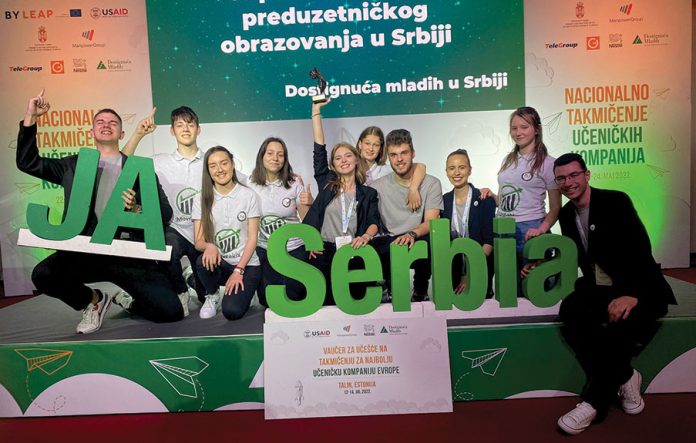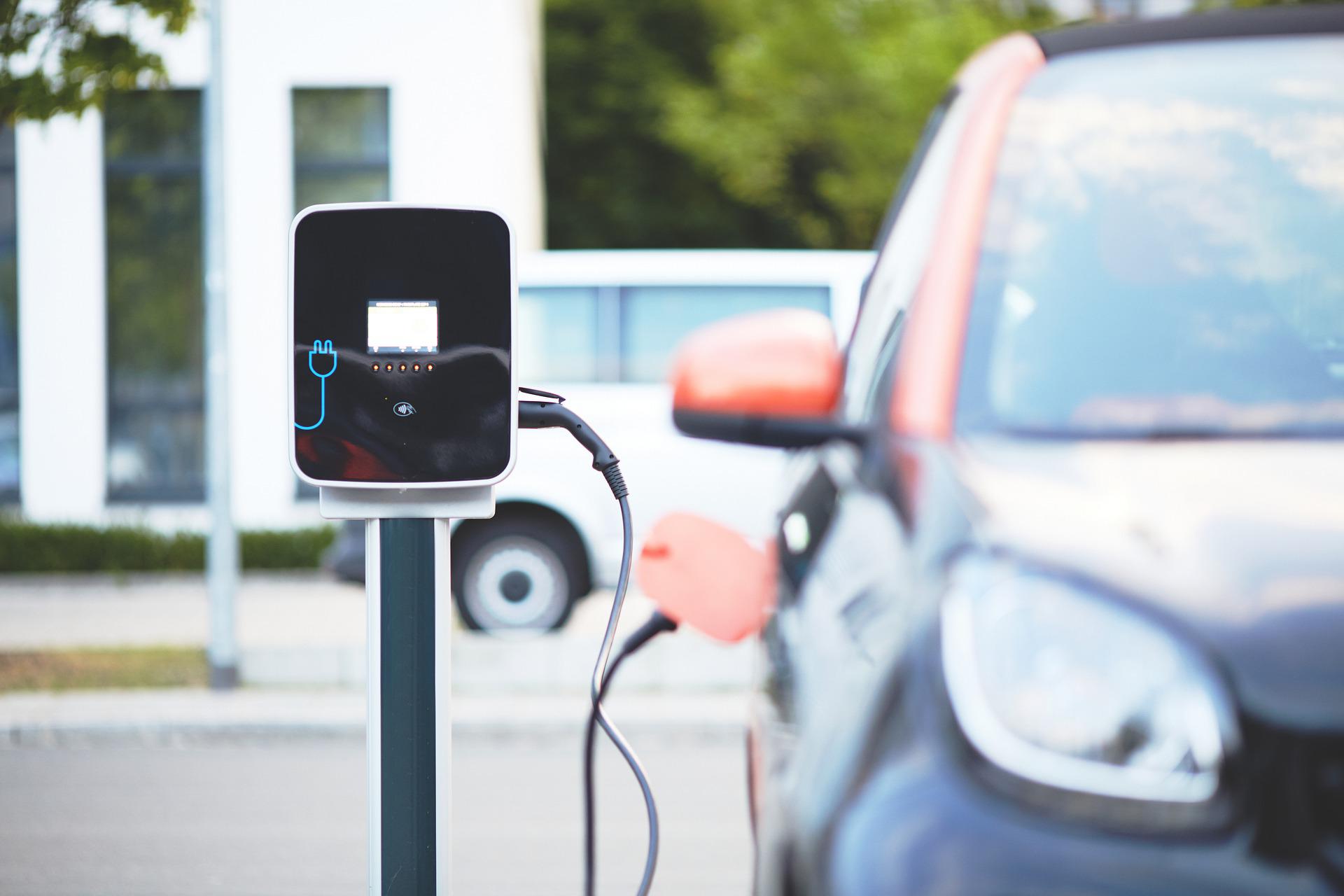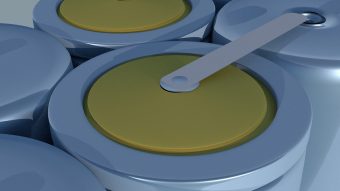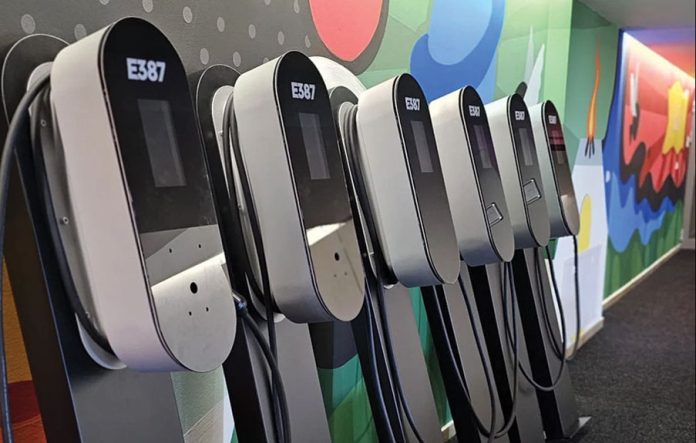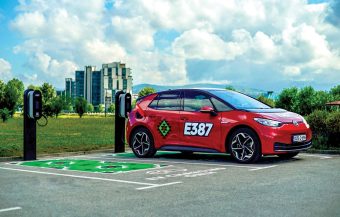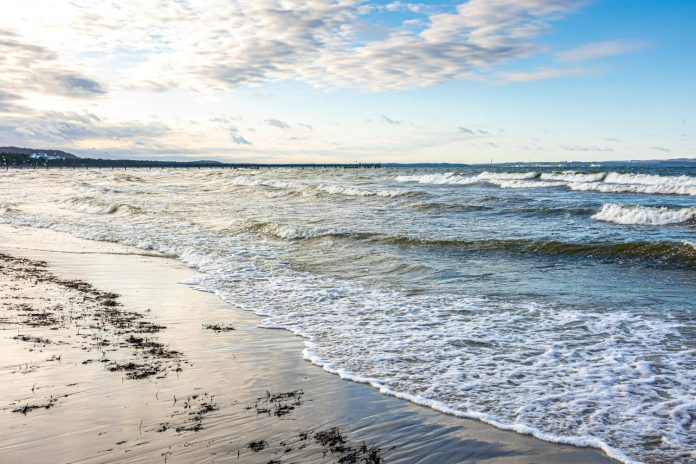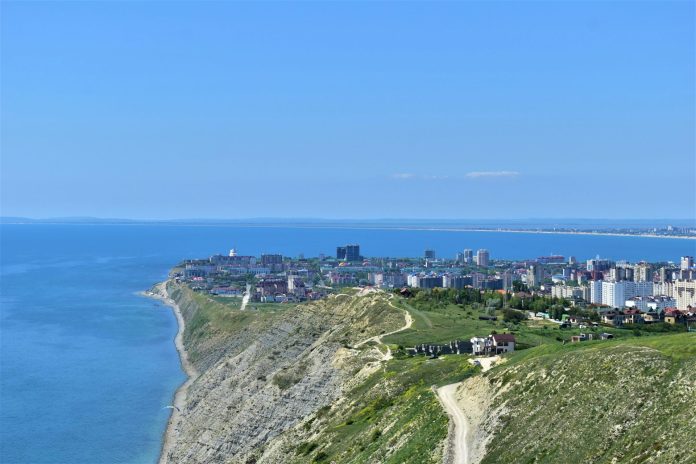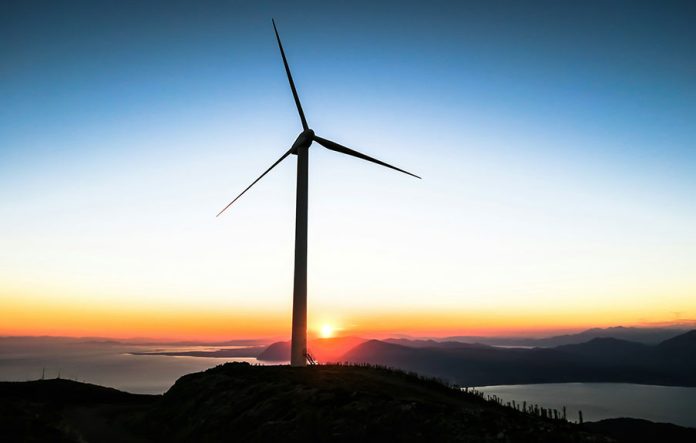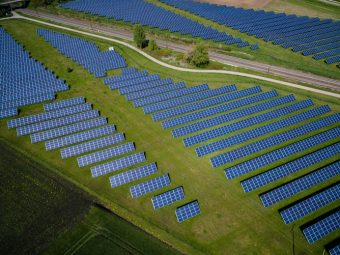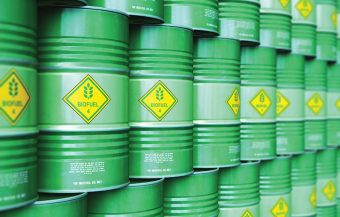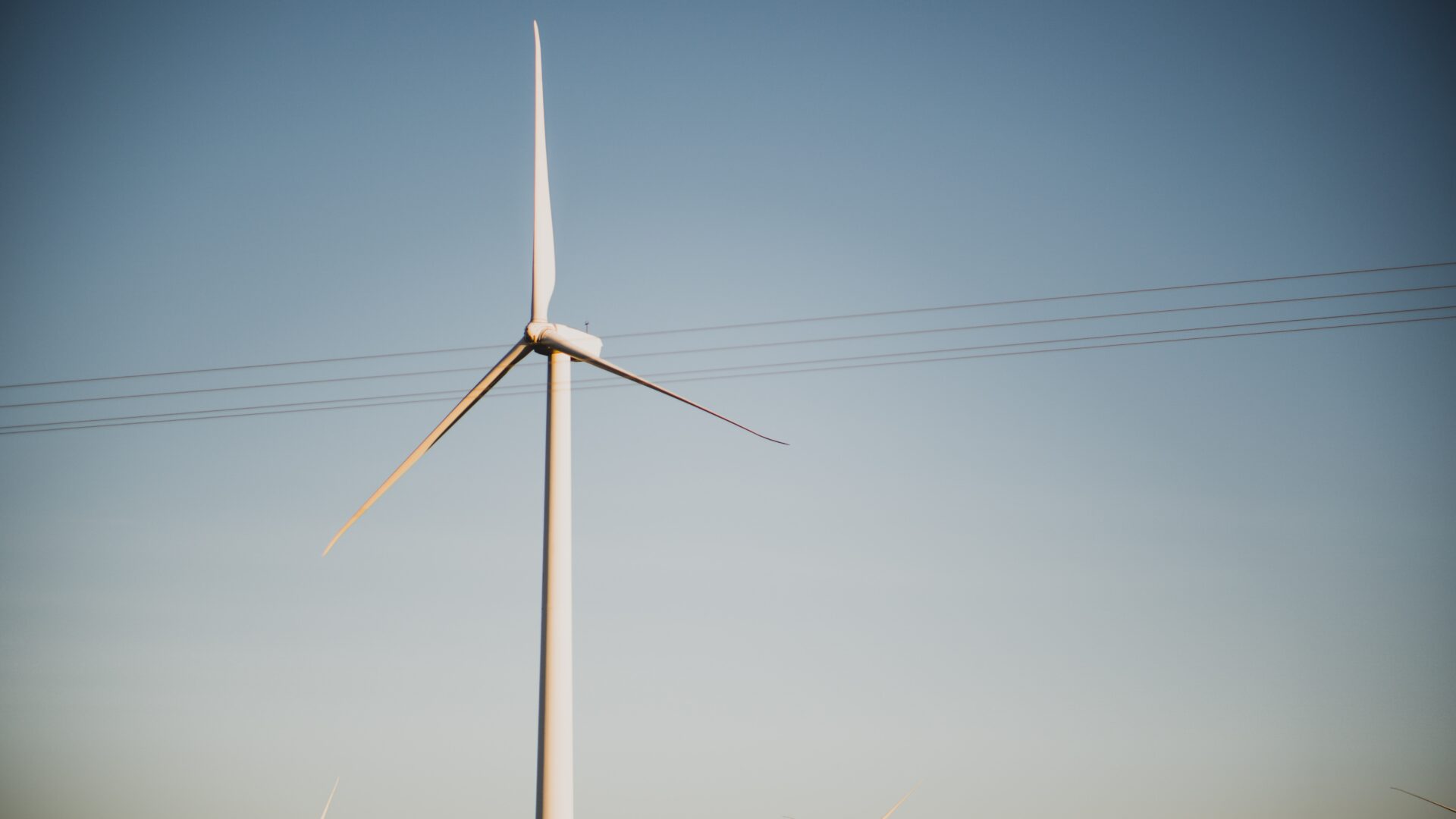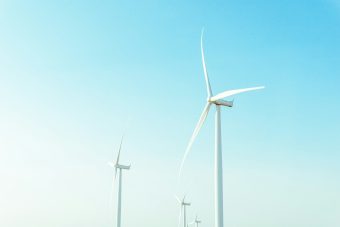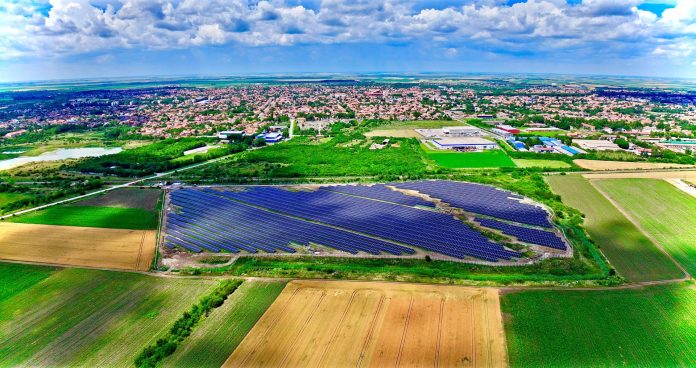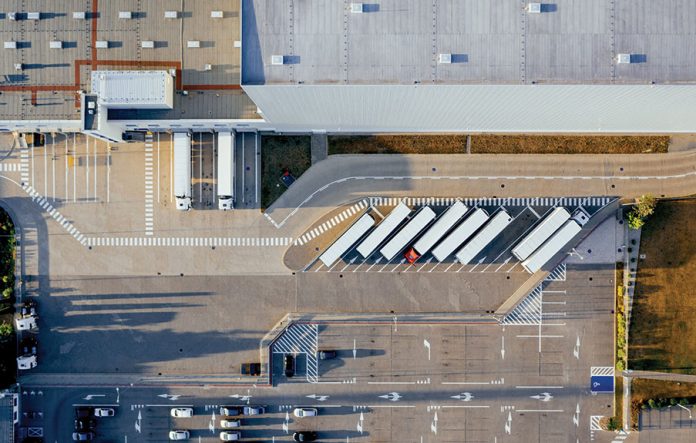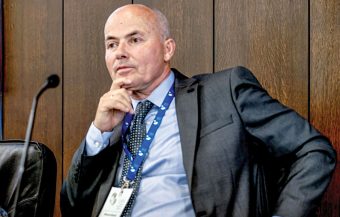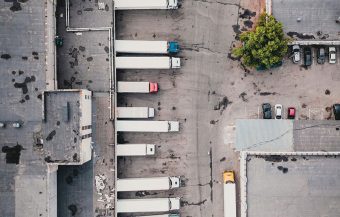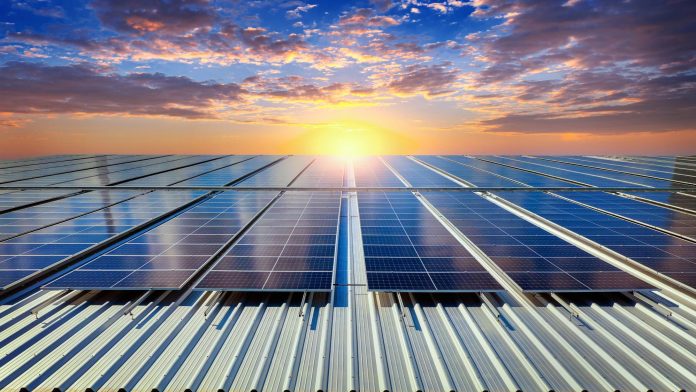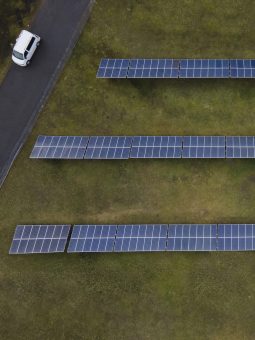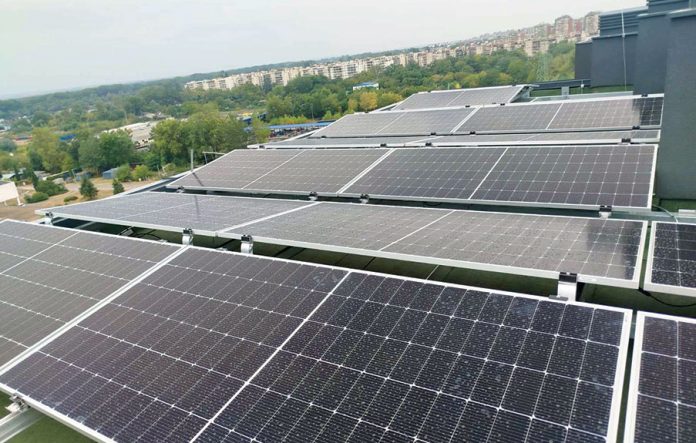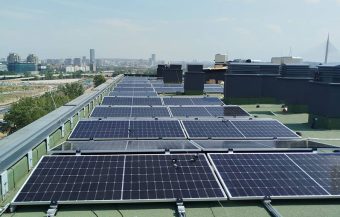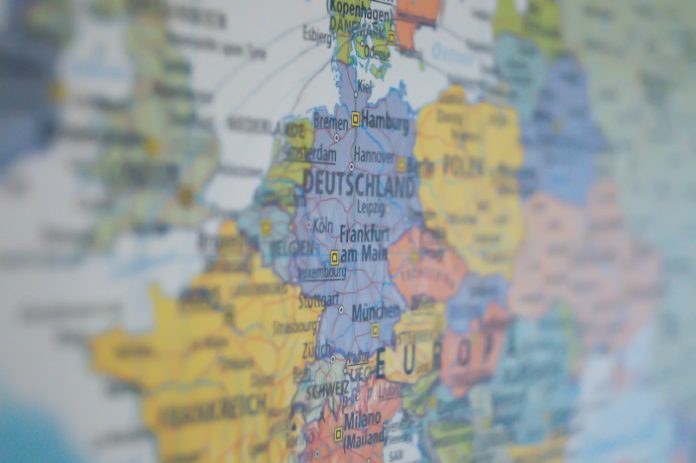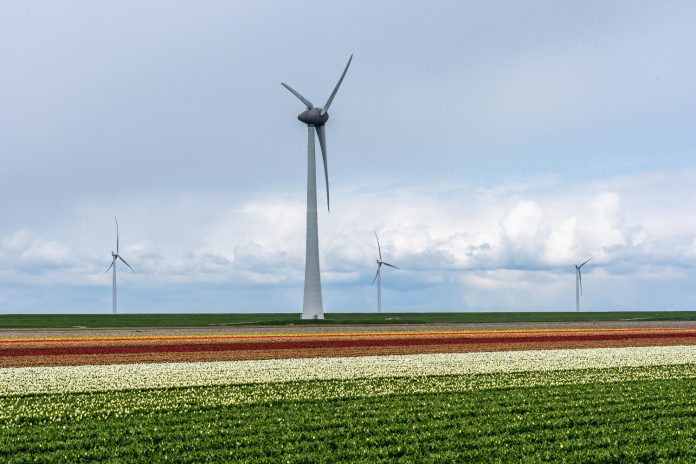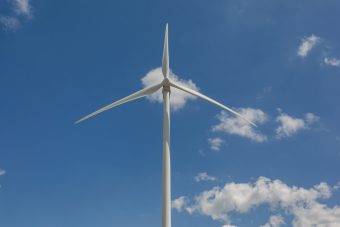The global fight against climate change takes place on many fronts, with innovative technologies serving as our primary tools to effectively reduce harmful emissions, improve energy efficiency, and offer eco-friendly products and services. Innovators worldwide, led by young talents, are at the forefront of creating green solutions. Among them are Anđela Kanjo and Filip Oketić from Serbia, who decided to contribute to this global goal through their unique student company, Moveably.
Their app, which optimizes communication between transporters and clients, is not just a business venture—it’s a solution that can help reduce greenhouse gas emissions from traffic. These young entrepreneurs started their journey through student competitions, and today, their app represents an innovative way to improve efficiency in the transport industry.
The story of Anđela and Filip began in high school, where they participated in various competitions and extracurricular activities. Although their first project focused on cultural exchange, the critical turning point came when Anđela, with advice from her father, recognized an opportunity to improve the scheduling process for transport services. This sparked the idea for Moveably—an app that connects transporters and clients through an auction system, allowing users to choose the most affordable and efficient transport solution.
Filip took charge of the technical side of development, while Anđela designed the app’s functionalities using basic tools like pen and paper. Their dedication and teamwork led to the forming of a five-member team, which later expanded to ten members through a school audition.
“We liked the idea of having something we developed that others could use to make their daily lives easier. Personally, the start of this journey allowed me to develop leadership skills and learn how a team functions.
At the same time, Filip gained invaluable experience in developing mobile Android apps”, says Anđela Kanjo.
IN FOCUS:
- Sustainable Logistics Real Estate
- Reliable Solution – Solar Energy
- Charging Infrastructure as the Foundation of E-Mobility
With Moveably Towards Lower Emissions
The app offers an innovative solution for optimizing transport services. Users can input details about the cargo they need to transport, and transporters submit their bids. The client then chooses the option that suits them best based on price, speed, or ecological efficiency.
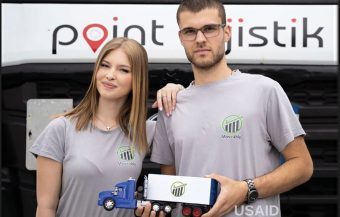
Anđela emphasizes that while competition exists, they identified untapped opportunities and potential improvements for the Serbian market. Their goal is to enhance transportation organization, reduce empty trips, and optimize transporter routes, which directly contributes to lowering fuel consumption and greenhouse gas emissions.
“The project is currently in the final development stage, preparing for market launch. We are communicating with external partners and transporters about the final adjustments they consider necessary. After that, we will enter the testing phase, during which the platform will be free for transporters to thoroughly test it and confirm its functionality and benefits”, Anđela Kanjo explains.
The innovation developed by Anđela and Filip has a direct environmental impact. Through better planning and more efficient use of transport capacities, Moveably helps minimize unnecessary trips, empty trucks, and inefficient routes. This not only saves time and money for clients and transporters but also significantly reduces carbon dioxide emissions and other pollutants from traffic. Traffic optimization could become crucial in Serbia’s efforts to meet emission reduction targets in accordance with international climate agreements.
Prepared by Milena Maglovski
Read the whole story in the new issue of the Energy portal Magazine ECOLOGICAL TRANSPORT

